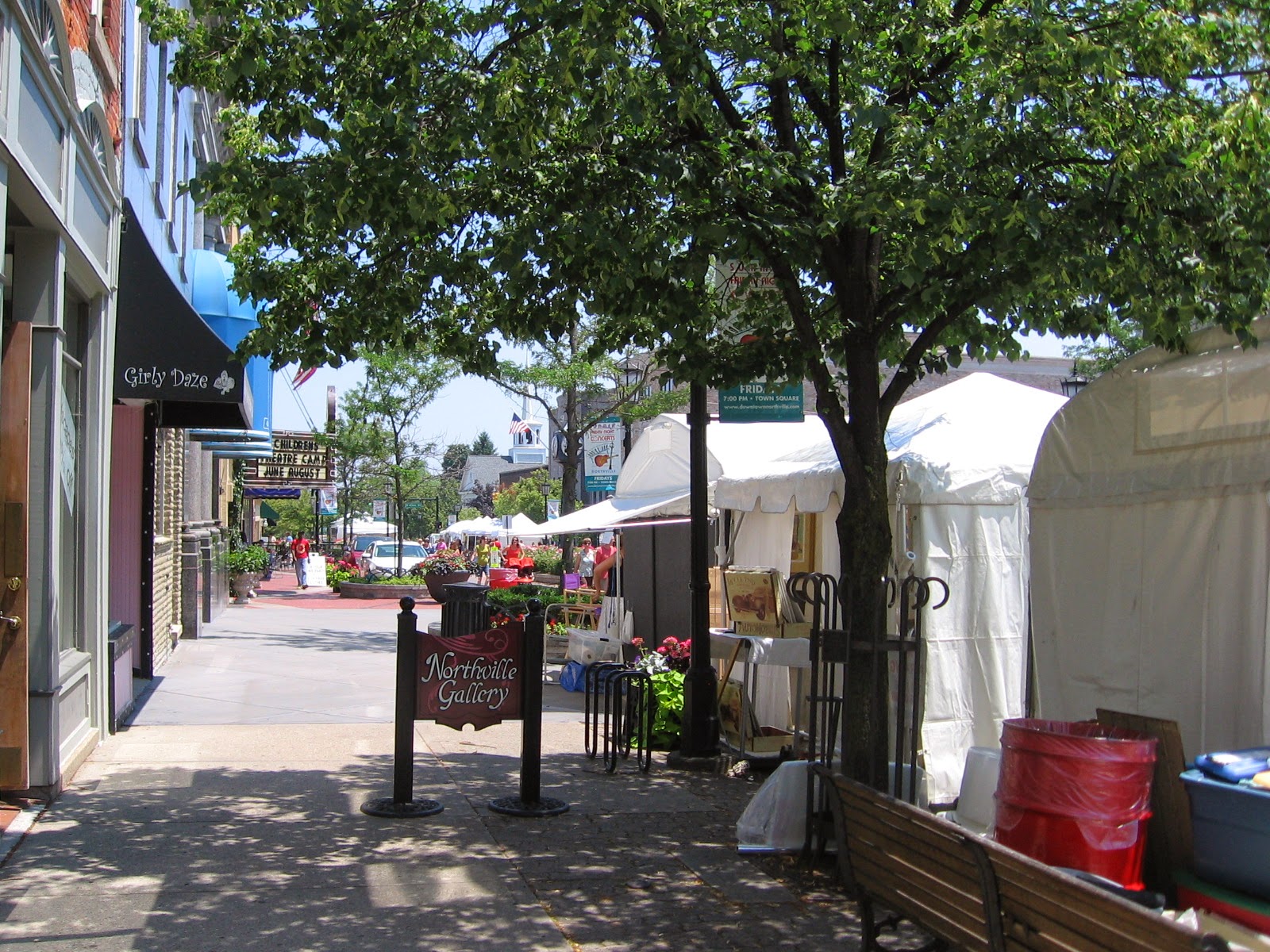First came Ferdinand Adolf Heinrich August Graf von Zeppelin, 1838 - 1917.
Often known simply as Graf Zeppelin, the count (Graf) was a German general who later founded the Zeppelin Airship Company. He served in the Prussian engineering corps, then as a general staff officer in the Austro-Prussian War of 1866. He did reconnaissance in the Franco-Prussian War of 1870/1871 and had various other assignments until retiring from the military in 1890.
He was also involved in our Civil War as an "observer" for the northern troops in 1863, and he participated with Russians and Indians in an expedition to the source of the Mississippi. But perhaps his most important activities in this country were his visits to our balloon camps. He made his first ascent at St Paul, Minnesota, and a life-long interest in aeronautics was born.
He was also involved in our Civil War as an "observer" for the northern troops in 1863, and he participated with Russians and Indians in an expedition to the source of the Mississippi. But perhaps his most important activities in this country were his visits to our balloon camps. He made his first ascent at St Paul, Minnesota, and a life-long interest in aeronautics was born.
The Rise and Fall of Rigid Airships
The count first mentioned an idea for large dirigibles in his diary on March 25, 1874, and in 1891 when he retired he began testing materials and engineering concepts. Despite engineering and test issues, logistics, and political hurdles, work continued. Finally, on July 2, 1900, the first successful flight of LZ1 took place in southern Germany. Several more models were built and progress was relatively steady, but Zeppelin's relationship with the military was poor, so he turned to commercial airships in order to capitalize on the growing public enthusiasm. By 1914, 37,250 people had flown safely with his German Aviation Association.
The LZ 130 was the twin to the LZ 129 Hindenburg which in 1937 met a fate so terrible that it put an end to the "zeppelin era".
World War II: the German Aircraft Carrier Graf Zeppelin
The only carrier launched by Germany in World War II was named for the count. It was launched December 8, 1938, but it was never completed or operational.
Led Zeppelin, The Band
There are several stories about how the band got its name, but one thing is certain: the count's granddaughter, Countess Eva von Zeppelin, once threatened to sue the band for using it. One story seems plausible: the band originally was known as The New Yardbirds. But when a newspaper article proclaimed that it would "go down like a lead zeppelin" the name stuck except for the spelling.
![AtoZ Banner [2014]](https://blogger.googleusercontent.com/img/b/R29vZ2xl/AVvXsEhimVT_hxdrMOlE_Tq7Wo4YgDZ5MAeD7RvSR9no8Sy4Usksn4qHjR_gweDzbaFGdEaP3T1xz0izEljlUFaWj8C-yeuAtiIQSTj6xY6W5PSktCmbRx1JE0_puHYsX5hV4NxD2cuyAuIYKO5r/s1600/atoz+%255B2014%255D+-+BANNER+-+910.jpg)


































